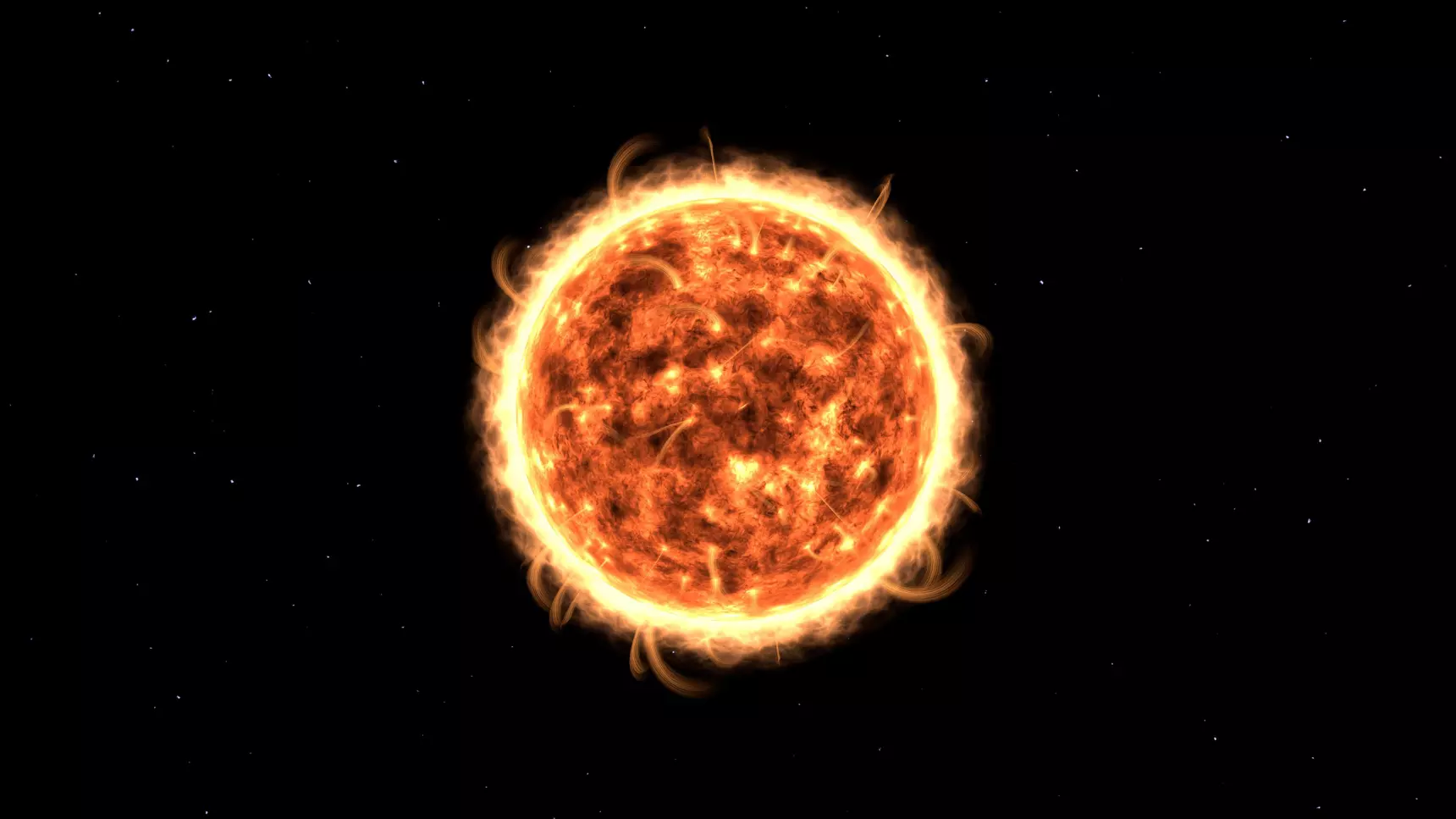Study confirms Sun is an ordinary star
- April 6, 2023
- 0
With data from the Kepler (NASA), Gaia (ESA) and SOHO (NASA/ESA) satellites, a team led by Angela Santos, a researcher at the Astrofísica e Ciências do Espaço Institute
With data from the Kepler (NASA), Gaia (ESA) and SOHO (NASA/ESA) satellites, a team led by Angela Santos, a researcher at the Astrofísica e Ciências do Espaço Institute

With data from the Kepler (NASA), Gaia (ESA) and SOHO (NASA/ESA) satellites, a team led by Angela Santos, a researcher at the Astrofísica e Ciências do Espaço Institute (IA), seems to have put an end to it. to this idea that the sun may not be an ordinary “sun-like” star. The results were published today (April 6). Astronomy and Astrophysics.
Angela Santos, a researcher at IA, explains the problem when trying to figure out whether the Sun is a sun-like star: “There is an ongoing debate in society about whether the Sun is a ‘sun’. In particular, regarding its magnetic activity, several studies have shown that sun-like stars are significantly more active. However, the problem seems to lie not in the sun but in stars classified as sun-like, as there are various limitations and biases in the observational data and predicted properties of stars,” adds Santos.
Extreme ultraviolet (17.1 nm) video of solar activity during the last solar maximum, including a solar flare
For this study, the team selected several stars with Sun-like properties. The team used a new catalog of stellar features based on Kepler data, some Gaia data, and a catalog of rotation periods and magnetic activity indexes. Stellar data were compared with activity data for the last two solar cycles from the VIRGO/SPM instrument on the SOHO spacecraft.
Extreme ultraviolet (30.4 nm) video of solar activity during the last solar maximum, including the 2014/02/25 solar flare.
Astronomers affectionately named one of the stars under study, selected from Kepler’s catalogue, Doris. In their previous work, the team had already observed that although Doris has Sun-like features, the amplitude of the Doris cycle is twice that of the Sun for recent solar cycles. “The difference was metallicity. Our interpretation is that the metallicity effect, which leads to a deeper convection zone, creates a more efficient dynamo, which leads to a stronger cycle of activity,” Santos said.
Continuous (visible light) video of solar activity during the last solar maximum
For this study, when the team selected Doris-like stars without considering metallicity in the selection, they found an abundance of highly metallic stars. “The only parameter that could cause this redundancy in our selection is the rotation time. Doris’s period in particular had a longer duration than that of the sun. And indeed, we found evidence of a correlation between spin time and metallicity,” says Santos.play
The sun during the last solar maximum. Credit: NASA/SDO HMI
The two studies agree because stronger magnetic activity means that the magnetic braking process results in a slower spin period; which explains why Doris rotates more slowly than the sun, despite being very similar to the sun and slightly younger.
Source: Port Altele
As an experienced journalist and author, Mary has been reporting on the latest news and trends for over 5 years. With a passion for uncovering the stories behind the headlines, Mary has earned a reputation as a trusted voice in the world of journalism. Her writing style is insightful, engaging and thought-provoking, as she takes a deep dive into the most pressing issues of our time.